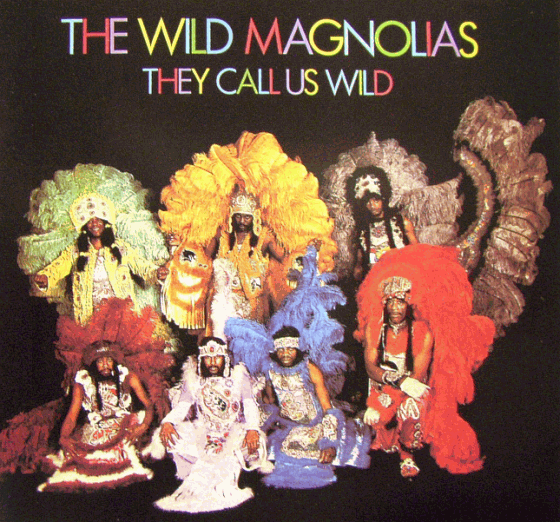|
Today in New Orleans History |
|
|
February 6


 Wilson "Willie Tee" Turbinton
is Born Born in New Orleans on February 6, 1944, Wilson Turbinton (known as Tee and Willie Tee) arranged,
co-wrote and led the band on the Wild Magnolias' self-titled 1974 debut album. The popularity of that recording, and the subsequent
They Call Us Wild introduced the Mardi Gras Indians' street-beat funk to the world. Wilson Turbinton and his older
brother, modern jazz saxophonist, Earl Turbinton, grew up in the Calliope public housing complex alongside the Neville brothers.
His earliest influences ranged from the rhythm and blues of Professor Longhair to the jazz of John Coltrane. He
made his first recordings for the local AFO Records in 1962 while still a teenager. Three years later, he cut "Teasin You", a soulful, mid-tempo composition for Atlantic Records. His "Walking Up a One Way Street" and "Thank You John" were also popular hits. In the late 1960s, Willie Tee & the Souls played venues from the
Apollo Theater in Harlem to the Ivanhoe on Bourbon Street. After hearing the band at the Ivanhoe in 1968, jazz musician Cannonball
Adderley encouraged Tee to record an instrumental album. The album was never released, but the master tapes were recently
rediscovered in the vaults of Capitol Records. Tee's pop was called expressive, his funk ferocious and his jazz "like
mirrors in a prism" by longtime producer Leo Sacks, who called Willie Tee "a monster on the B-3 organ" in
a Times-Picayune article. Tee's early recordings, many of which were reissued by New York's Tuff City
Records, were employed as source material for rappers. Houston's Geto Boys sampled "Smoke My Peace Pipe (Smoke It Right)", a song Tee had written for the Wild Magnolias. Sean Combs borrowed riffs and grooves from the Gaturs' "Concentrate"
for the 1997 album No Way Out. Alex Chilton also recorded a version of "Thank You John" in the 1980s, and Russell Minus completed a suite of elegies in 1996. More recently, New Orleans
rapper Lil' Wayne sampled "Moment of Truth", a song from Turbinton's 1976 album, Anticipation for "Tha
Mobb", the opening track on Tha Carter II. Tee remained active in his career as a producer, songwriter,
performer and session musician. His collaborations with his brother Earl included 1988's Brothers for Life. He contributed to Dr. John's 2004 album, N'Awlinz Dis, Dat, or D'Udda, and appeared briefly in the Oscar-winning Jamie Foxx film about Ray Charles, Ray. In October 2005,
after Hurricane Katrina devastated New Orleans, Turbinton accepted a job as a visiting lecturer in the music department at
Princeton University, and spent the next four months working with music students there. In January 2006, he returned to Louisiana
and settled in Baton Rouge. In April 2007, the Louisiana Music Hall of Fame honored Tee for his contributions
to Louisiana music with an induction.  

To receive an update for each day in New Orleans
history, join our facebook page
- Today in New Orleans History
Carlos "The Little Man" Marcello, born as Calogero Minacori (or Minacore) to Sicilian parents on February
6, 1910 in Tunis, French Tunisia, was an Italian-American mafioso who was the boss of the New Orleans crime family from the 1940s until the 1970s. He died on March 3, 1993.
|
|
|

To receive an update for each day in New Orleans history,
join our facebook page - Today in New
Orleans History.
Analytics |


